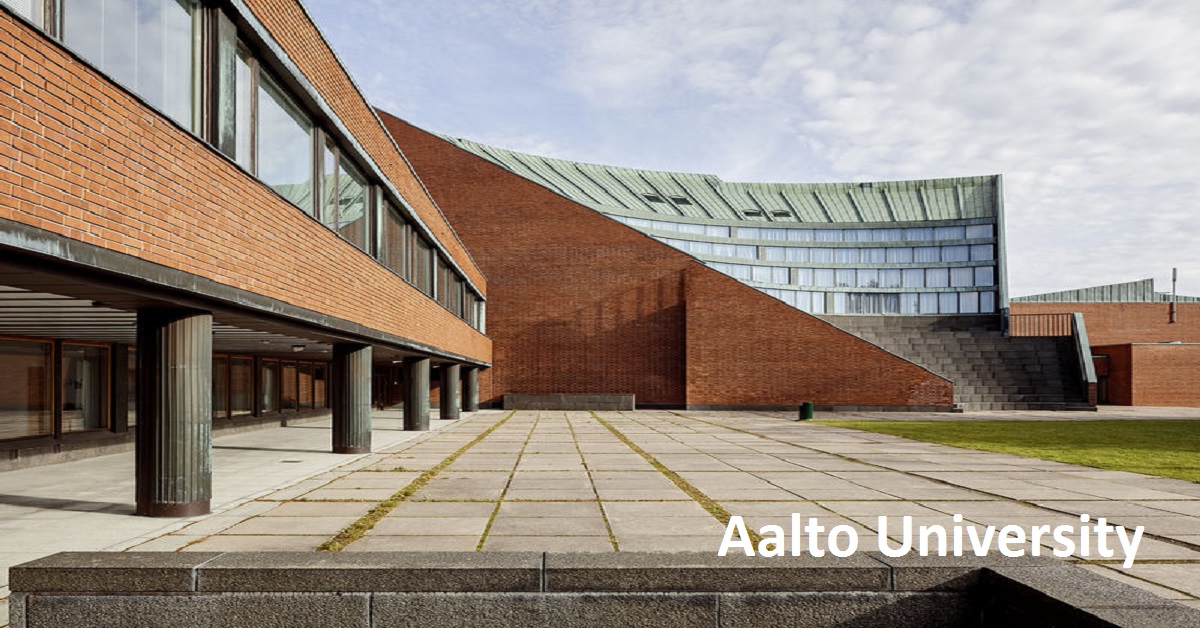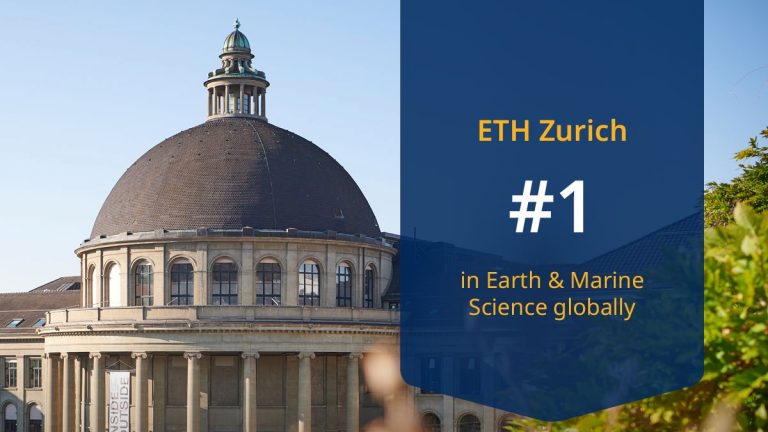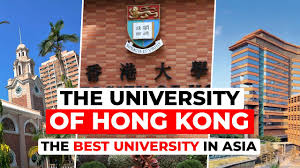
Tuomas Uusheimo: AALTO 20151016, Aalto-yliopiston kandidaattikeskus Y-osa / Aalto University Undergraduate Centre Y-block, Espoo, Finland
The group is now looking for a motivated doctoral candidate to work on sea ice interaction with an offshore wind turbine foundation
Aalto University is a community of bold thinkers where science and art meet technology and business. We are committed to identifying and solving grand societal challenges and building an innovative future. Aalto University has six schools with nearly 20 000 students and more than 400 professors. Our campuses are located in Espoo and Helsinki, Finland
Doctoral candidate position on cold region offshore wind
Novel experimental work and numerical models for sea ice behavior and failure form a central part of the research by the Ice Mechanics Group at the Department of Mechanical Engineering of Aalto University. The group is now looking for a motivated and bright doctoral candidate to work on sea ice interaction with an offshore wind turbine foundation. Key challenge related to offshore wind developments in all cold sea areas is the interaction between turbine units and sea ice moved by winds and currents: It is difficult to design cost-effective yet safe wind turbine units due to risks related sea ice loads. It is due to this challenge that the high wind energy potential of the ice-covered sea areas remains largely unharnessed.
Research topic
Worst case ice loading scenarios on offshore wind turbine units are the ice loads due to ice ridges and rubble piles of ice and due to ice-induced vibrations. This occurs when ice goes through a continuous crushing failure against a vertically-sided waterline cross-section of a wind turbine foundation and may threaten the structural integrity of the turbine and cuts down its life-span due to fatigue. Standard offshore wind turbines rely on monopile structure, which is a cylinder with a vertical cross-section, for which the vibrations can be mitigated by ice cones, which make the ice bend and fail without crushing. The ice cones may sometimes increase ice loads and will increase the loads on the support structure from waves and currents. In addition, their installation comes with a relatively high cost. The goal of your work will be to establish a guideline for optimizing offshore wind turbine foundations for cold seas by using experiments and existing computational tools to (1) establish limit ice conditions for the need to use ice cones and (2) by optimizing the ice cone design for harsh ice conditions. Experiments will be performed in Aalto Ice and Wave Tank, a world-unique ice test basin in Aalto University. The work may also include further development of an advanced ice load simulation tool for coupled ice-wind turbine interaction. Research will be performed in close collaboration with TU Delft (the Netherlands) within a project by a consortium of three major Finnish ice-related maritime and marine research bodies, Aalto university, Finnish Meteorological Institute and VTT Technical Research Centre of Finland.
Requirements
The research performed is mostly computational, thus, the applicant should have good understanding of solid and computational mechanics and programming skills. A suitable background may come from applied and computational mechanics, mechanical engineering, engineering physics, or geophysics. Experience on discrete element method, granular mechanics, differential methods, and parallel computing are considered beneficial. By the time of starting, the applicant must fulfill the requirements for entitlement to do postgraduate studies at Aalto University (https://into.aalto.fi/display/endoctoraleng/How+to+apply)
Employment
The position is at the Department of Mechanical Engineering and may include some work as a teaching assistant. Aalto University follows the salary system of Finnish universities. The starting salary of a doctoral student is about 2500 €/month (gross), and it increases as you progress in your research and studies. Following the standard practice in the Department of Mechanical Engineering, the contract will be made initially for two years, then extended to another two years after a successful mid-term progress review. The total duration of doctoral studies is four years. The annual workload of research and teaching staff at Aalto University is currently 1612 hours. The contract includes Aalto University occupational healthcare.
How to apply
The application material includes
- Motivation letter (maximum one page)
- CV and other proof of scientific activity (publications, conference papers etc.)
- A certified copy of master´s degree certificate and official transcript of records
- An English abstract or summary of the MSc thesis
- Any other supporting documents, like recommendation letter
- Proof of proficiency in Finnish, Swedish or English if the applicant is not a native speaker of them (see https://into.aalto.fi/display/endoctoraleng/Application+instructions#Applicationinstructions-LanguagerequirementsLanguagerequirements )
All material should be submitted in English. You may apply even if you are still in the process of writing your MSc thesis. In this case, indicate it clearly in your application.
Applications with attachments (in pdf-format) are to be submitted through the link “apply”below no later than March 11, 2022. The position will be fulfilled as soon as a suitable candidate is found. Aalto University reserves the right for justified reasons to leave the position open, to extend the application period and to consider candidates who have not submitted applications during the application period.
Further information
For additional information, please contact Assistant Professor Arttu Polojärvi (email: firstname.lastname@aalto.fi).




